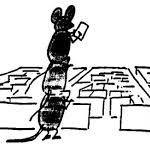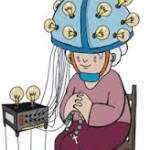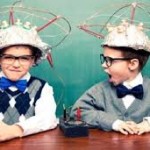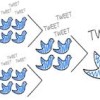“…Like typing, Googling, and driving, distraction is now a universal competency. We’re all experts.
Still, for all our expertise, distraction retains an aura of mystery. It’s hard to define: it can be internal or external, habitual or surprising, annoying or pleasurable. It’s shaped by power: where a boss sees a distracted employee, an employee sees a controlling boss. Often, it can be useful: my dentist, who used to be a ski instructor, reports that novice skiers learn better if their teachers, by talking, distract them from the fact that they are sliding down a mountain. (…)
Another source of confusion is distraction’s apparent growth. There are two big theories about why it’s on the rise. The first is material: it holds that our urbanized, high-tech society is designed to distract us. (…) The second big theory is spiritual—it’s that we’re distracted because our souls are troubled. (…). It’s not a competition, though; in fact, these two problems could be reinforcing each other. Stimulation could lead to ennui, and vice versa.
A version of that mutual-reinforcement theory is more or less what Matthew Crawford proposes in his new book, “The World Beyond Your Head: Becoming an Individual in an Age of Distraction” (Farrar, Straus & Giroux). (…) Ever since the Enlightenment, he writes, Western societies have been obsessed with autonomy, and in the past few hundred years we have put autonomy at the center of our lives, economically, politically, and technologically; often, when we think about what it means to be happy, we think of freedom from our circumstances. Unfortunately, we’ve taken things too far: we’re now addicted to liberation, and we regard any situation—a movie, a conversation, a one-block walk down a city street—as a kind of prison. Distraction is a way of asserting control; it’s autonomy run amok. Technologies of escape, like the smartphone, tap into our habits of secession.
The way we talk about distraction has always been a little self-serving—we say, in the passive voice, that we’re “distracted by” the Internet or our cats, and this makes us seem like the victims of our own decisions. But Crawford shows that this way of talking mischaracterizes the whole phenomenon…” read full story













